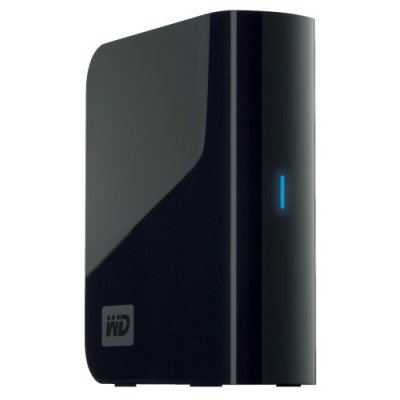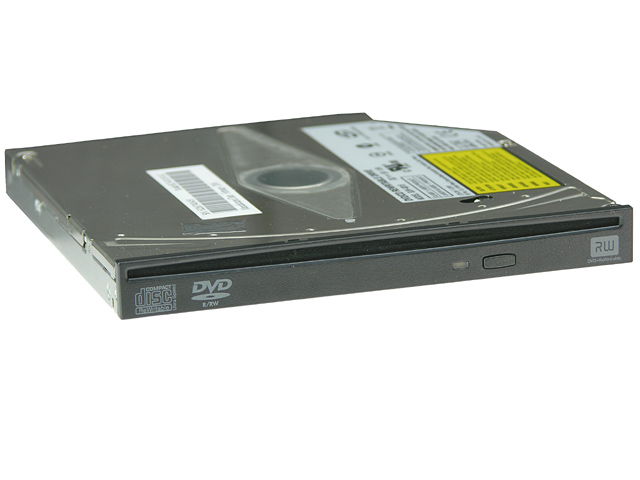Removable Disks
Removable disks are alternatives to the internal hard drive for reading and storing data. Examples include USB drives, CD/DVD-ROM/RWs and external hard drives. These drives allow data to be accessed from external and mobile sources.




Additional Information:
How does a CD Drive Work?
A stamped CD (such as a purchased music CD) consists of a layer of plastic that has bumps imprinted into it starting from the center and radiating outward around the disc. Over the layer of plastic is a layer of aluminum. This layer of aluminum makes the bumps and lands reflective so that a laser can bounce off the surface and return to an optical pickup. The optical pickup interprets the laser reflection as a bit and sends it to the computer for use. Acrylic is layered over the aluminum to protect it, and a label is placed on top.
A CD-R has a slightly different physical make up. It consists of a flat (no bumps) plastic layer, a layer of dye, a layer of aluminum, a layer of acrylic, and finally the label. The dye layer is darkened in the “burning” process. The laser then reads these darkened sections as bumps on the CD and interprets the information.